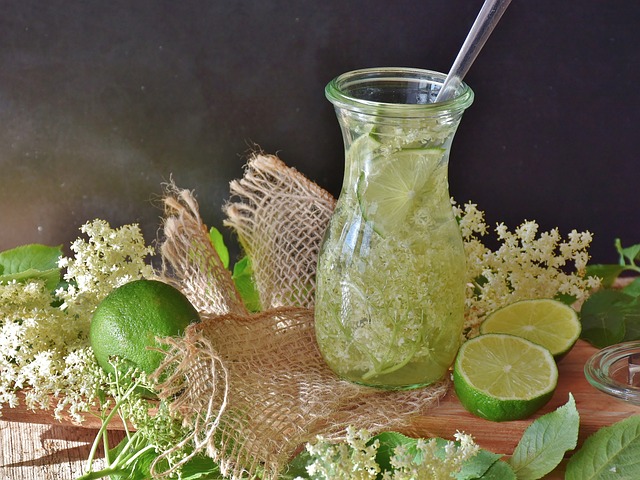Living with chronic pain can be challenging, and while medication is often a go-to solution, there are numerous natural methods that can provide relief without the potential side effects. From ancient practices to modern discoveries, the power of nature offers a plethora of options for those seeking alternative pain management strategies.
Drink Water Natural Pain Relief:
Not drinking enough water can give you a headache. Water helps your body work well and can wash away stuff that causes pain. Try to drink at least eight glasses of water a day, or more if you’re active. Eating water-rich foods like fruits and veggies helps, too.
Hot and Cold Packs for Pain Relief:
You can use hot or cold packs to feel better. Heat helps muscles relax and brings more blood to the area. Cold can numb pain and reduce swelling. You can use a warm water bottle or a bag of ice wrapped in a towel. Put it on the painful spot for 15-20 minutes, a few times a day. But be careful not to make it too hot or cold.
Mind-Body Techniques for Pain Relief:
One powerful way to alleviate pain is by exploring mind-body techniques such as meditation, deep breathing, and mindfulness. These practices can help reduce stress, improve mood, and enhance overall well-being, creating a positive impact on pain perception.
Herbal Remedies Natural Pain Relief:
Nature has bestowed us with a rich pharmacopeia of herbs known for their pain-relieving properties. Turmeric, ginger, and chamomile, for instance, have anti-inflammatory and analgesic effects. Incorporating these herbs into your diet or consuming them as teas can offer natural relief.
Ginger: Ginger is a spice that can reduce pain and swelling. You can eat it, take ginger pills, or use ginger oil on sore areas. Ginger tea is easy to make by boiling ginger slices in water.
Essential Oils for Pain Relief :
Aromatherapy with essential oils like lavender, peppermint, and eucalyptus has gained popularity for its potential to ease pain. These oils can be applied topically, diffused, or added to baths to promote relaxation and alleviate discomfort.
Physical Activity Natural Pain Relief:
Engaging in regular physical activity is crucial for overall health and can be an effective natural pain reliever. Activities like walking, swimming, and yoga release endorphins, the body’s natural painkillers, and contribute to improved flexibility and strength.
Hydrotherapy Natural Pain Relief:
Water has long been recognized for its therapeutic properties. Hydrotherapy, which involves the use of water for pain relief, can include warm baths, hot tubs, or even aquatic exercise. The buoyancy of water reduces stress on joints and muscles, promoting relaxation.
Massage Therapy for Pain Relief:
A massage not only feels good but can also be a natural way to alleviate pain. Skilled massage therapists can target specific areas of tension, promoting blood circulation and releasing tight muscles, providing relief from both acute and chronic pain.
Dietary Changes for Pain Relief:
Adopting an anti-inflammatory diet can contribute significantly to pain management. Foods rich in omega-3 fatty acids, antioxidants, and anti-inflammatory compounds can help reduce inflammation and support the body’s natural healing processes.
Conclusion:
Exploring natural pain relief methods allows individuals to take a holistic approach to their well-being. While these methods may not replace conventional medical treatments, they can complement existing therapies and contribute to an overall healthier and more balanced lifestyle. Embracing the healing power of nature opens up a world of possibilities for those seeking alternatives to traditional pain management.




